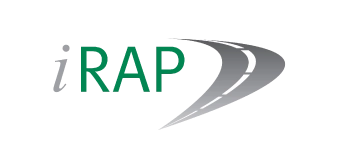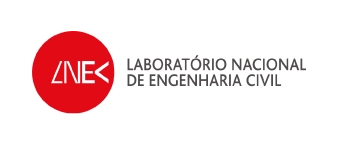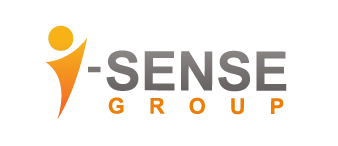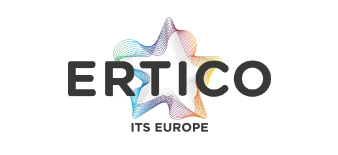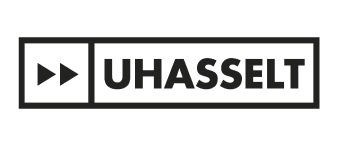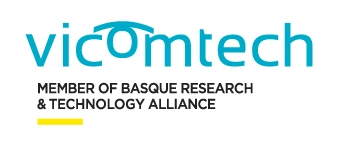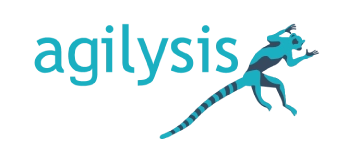04. Croatia
Lead:

Others partners involved:



The Croatian secondary road network is a network of two-way roads managed and maintained by Croatian Roads Ltd. The network is approximately 7,300 km long and spreads across all regions in Croatia. Due to the Croatia’s diverse topography, which includes mountains, hills, plains, and coastal areas, construction and maintenance of the network’s roads presents significant challenge. In addition to the diverse terrain, Croatia experiences a wide range of climatic conditions throughout the year which can include heavy rainfall, snowfall, and temperature fluctuations which all impact road maintenance activities. Maintenance is also affected by the differences in traffic volumes and traffic composition. These variations present a considerable challenge from the safety perspective. In the last decade, approximately 22% of all crashes with fatalities and serious injuries occurred on this road network. Majority of crashes on the secondary road network are run-off road crashes often caused by inappropriate and/or improper speed.
Specific demonstrations to support project objectives:
Testing approaches related to the integration of asset and safety, data discovery and digital twins (Components 1-3) will be conducted for approximately 500km of selected secondary-level rural roads managed by Croatian Roads Ltd. The locations selected will be representative of a range of terrains and climatic conditions. Data will be gathered via IRAP safety ratings, road infrastructure ground truth measurements obtained from Croatian Roads Ltd., probe vehicles and other ‘new-generation’ data procured during the project (Component 2). On a sample of identified high-risk locations, current asset management system will be compared to the advanced system based on digital twins and high-precision data collected with AIT’s Roadlab. The Croatian pilot will demonstrate the potential use of RFID technology on road signs for enhancing road asset management and maintenance practices and activities, while also investigating the possibilities of the technologies for Vehicle-to-Infrastructure (V2I) communication. The data gathered throughout will then be collated into a large-scale, map-based digital twin (Component 3) by AGIL. The digital twin dashboard will be made available to Croatian Roads Ltd and include monitoring of the selected asset and safety metrics.
Data will also be collected to support research for the functioning of ADAS (Component 4). FPZ’s accredited testing laboratory will be used to collect the data related to the quality of road markings and signs. The data will be merged and analysed with the data related to the performance of vehicle safety systems (lane keeping assistant and traffic sign recognition system) collected by probe vehicles to determine the minimal quality requirements for road markings and road signs in different conditions (day, night, dry, wet) to map and rate the availability of road infrastructure elements which support ADAS (e.g., ISA and lane keeping).
New and innovative interventions aimed at eliciting driving behaviour and minimal impact maintenance techniques (Component 5) will be tested in at least three sites and evaluated using different data collection methods (observation boxes, drones, eye tracking equipment, probe vehicle data etc.). AIT’s Motorcycle Probe Vehicle (MoProVe) will be used to study PTW safety and road surface characteristics to evaluate potential innovative measures aimed at increasing the safety of PTW riders.

